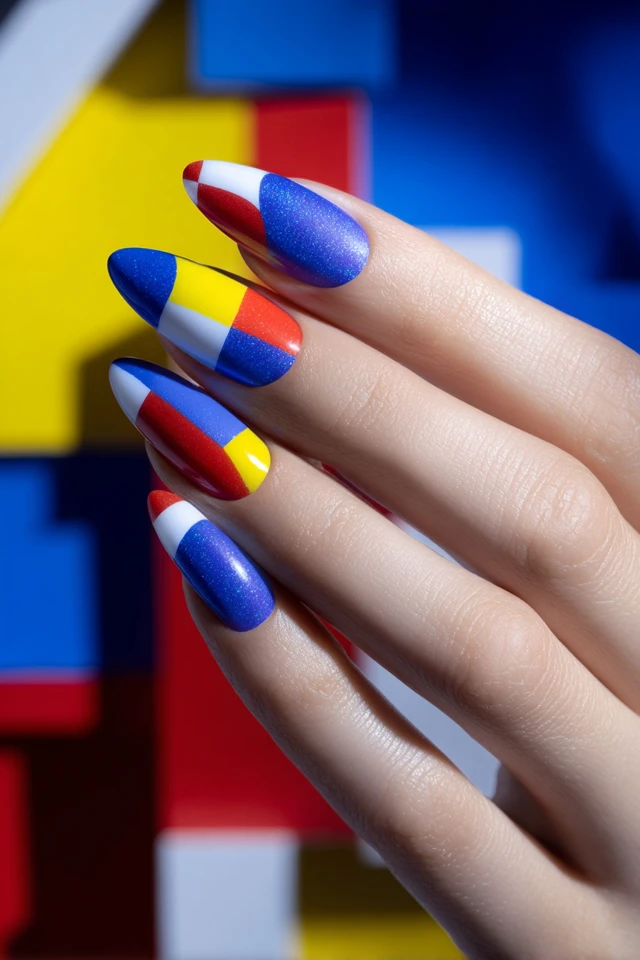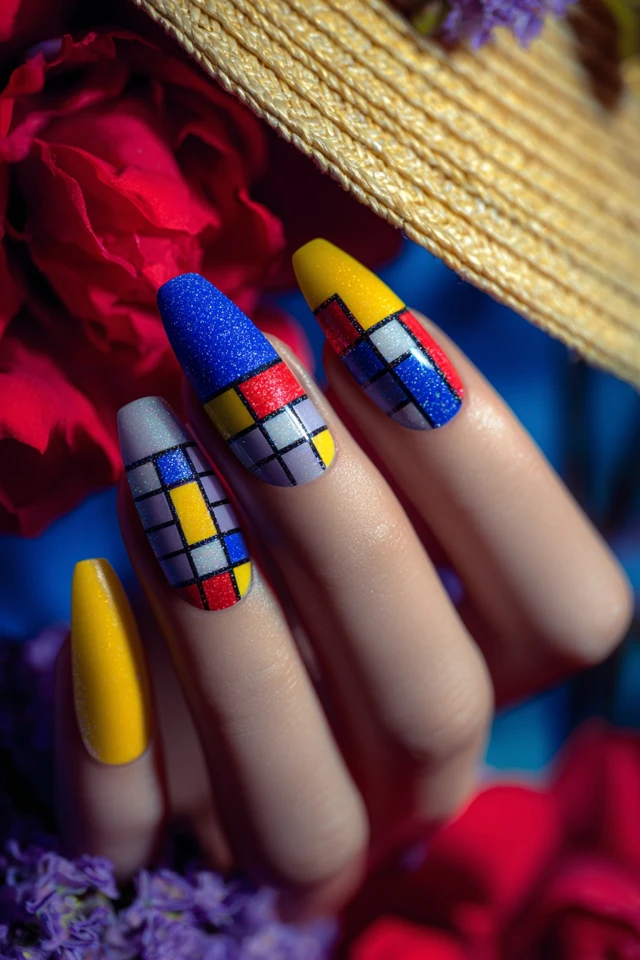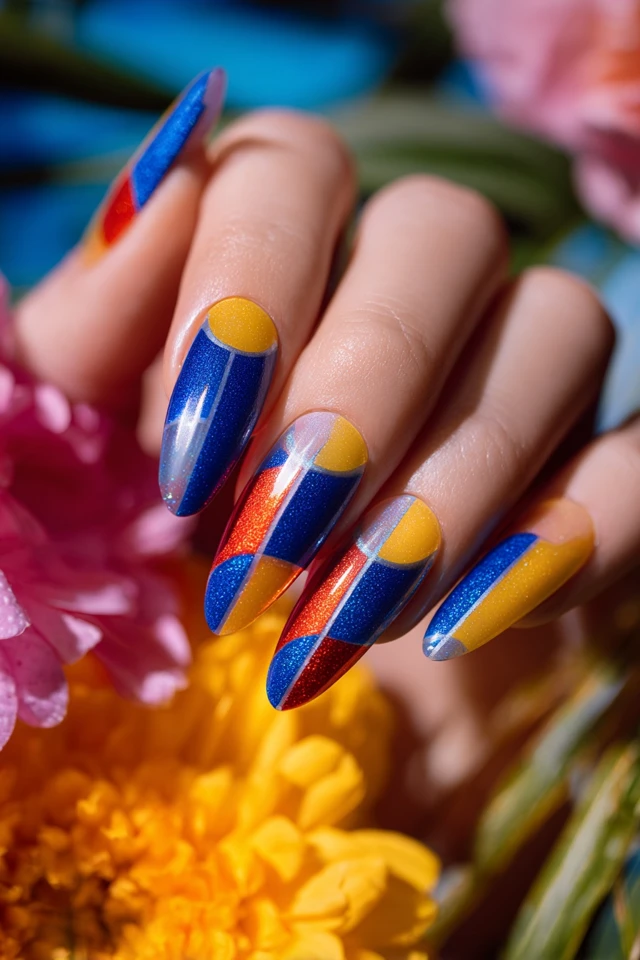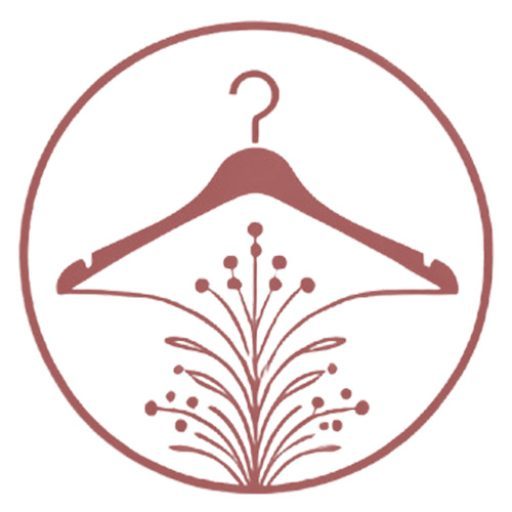Introduction
There I was, standing in front of my wardrobe, feeling uninspired by the monotony of my usual color palette. Suddenly, I stumbled upon a vibrant top blocked with bold reds, blues, and yellows. Putting it on instantly transformed not just my look, but my mood — I felt energized, confident, and undeniably seen. That moment revealed to me the undeniable power of color-blocking, a technique that has long fascinated both fashion enthusiasts and psychologists alike.
Color-blocking isn’t just about piecing together bright patches of fabric; it’s a nuanced art form deeply connected to how we perceive ourselves and how others perceive us. From runway shows to street style, color-block ensembles demand attention, evoke emotion, and communicate personality without uttering a single word. Understanding this powerful interplay between color, design, and psychology can revolutionize your wardrobe and how you carry yourself day-to-day.
About the Author and My Trend Boutique
In this post, I’ll guide you through the essentials of color-block mania, blending my expertise in fashion design and color psychology to help you master this trend. Whether you’re dressing to impress at a professional event or simply craving fresh energy for your everyday style, you’ll discover how color-blocking can elevate your look and your confidence.
Foundational Concepts
Before diving into styling tips and trend insights, it’s essential to ground ourselves in some foundational concepts that underpin the magic of color-blocking.
Color Psychology
Color psychology studies how different hues influence human emotions and behaviors. For example, red is often associated with energy and passion, while blue is linked to calmness and trust. When you wear colors purposefully, you’re not only enhancing your visual appeal but also affecting how you feel internally and how others respond to you.
Research has shown that certain colors can boost confidence and even affect cognitive performance. Imagine walking into a room wearing a bold color block of royal blue and crimson. You’re likely to feel more assertive and be perceived as competent and approachable at the same time. I’ve seen this dynamic play out countless times with clients who have adopted specific color blocks that align with their personal and professional goals.
Trend Forecasting
Trends emerge from a blend of cultural shifts, technological innovations, and artistic movements. Color-blocking, while classic, continually evolves thanks to trend forecasting agencies like WGSN and Pantone. Designers interpret these forecasts into seasonal palettes and silhouettes, setting the tone for what we see on the streets and in stores.
Staying informed about these trends helps you select pieces that feel fresh but are also timeless. For instance, color-blocking used to lean heavily on primary colors but now embraces softer pastels and surprising tone-on-tone contrasts, reflecting a broader embrace of individuality and mood-oriented dressing.
Dressing to Impress
Dressing to impress isn’t about adhering to rigid fashion rules but strategically leveraging your style to shape perceptions. Color-blocking is a perfect tool here because it creates visual interest that can divert attention from areas you might want to downplay or emphasize your strengths.
For example, using darker blocks on areas you want to slim and lighter or brighter blocks where you want to draw attention can enhance your body’s natural proportions. The effectiveness of this technique lies in its ability to communicate confidence and intention, two essential qualities in any impression you wish to make.
Picture Gallery



Color Psychology & Emotional Impact
The colors we wear are profoundly intertwined with our psychological state and how others interpret our presence. Color psychology reveals that we can intentionally curate our emotional landscape through clothing.
Red: A color that radiates passion, confidence, and excitement. It can raise energy levels and signal assertiveness. Wearing red blocks in your outfit can be an instant mood lifter and command attention in a meeting or social setting.
Blue: Known for inducing calm and trustworthiness, blue blocks can make you appear dependable and serene. It’s a great choice for interviews or negotiations.
Yellow: The hue of optimism and creativity, yellow inspires joy and innovation but should be balanced well with other colors to avoid overwhelming the senses.
Green: Associated with balance and renewal, green blocks convey harmony and vitality—ideal for casual yet polished looks.
Understanding these nuances is critical because first impressions often form within milliseconds, heavily influenced by visual cues. Color blocks serve as intentional signals, shaping immediate perceptions and ultimately your interactions.
Personal Style & Body Type Considerations
Color-blocking’s design flexibility means it can be customized to fit different body types and complexions, emphasizing your best features and harmonizing your personal style.
Silhouettes & Fabrics
- Hourglass: Use blocks that accentuate your waistline, such as darker panels on the sides with a bright center block to highlight your curves.
- Rectangle: Create the illusion of curves by placing contrasting blocks horizontally or diagonally to add dimension.
- Apple: Draw attention away from the midsection with vertical color blocks that elongate your torso.
- Pear: Utilize lighter upper blocks and darker lower blocks to balance proportions.
Fabrics also play a role; structured materials hold their shape well and maintain the integrity of color blocks, while softer fabrics can create a fluid look but may dilute the sharpness of the block division.
Complexion & Hue Choices
Matching colors to your skin tone enhances the color-block effect:
- Warm undertones: Opt for earthy tones, rich reds, mustard yellows, and olive greens.
- Cool undertones: Choose jewel tones, blues, purples, and cool greys.
- Neutral undertones: Enjoy the versatility of mixing warm and cool blocks, even exploring monochromatic layers.
Quick Checklist
- Identify your body shape and preferred highlight areas.
- Determine your skin undertone to pick harmonious colors.
- Start with two to three color blocks for balance.
- Choose fabrics that maintain shape for sharp color blocking.
- Experiment with block placement to enhance your silhouette.
Current Trends & Timeless Classics
The resurgence of color-blocking in fashion is marked by the integration of contemporary palettes and technology-driven fabrics that improve comfort and wearability. Trending now are softer pastels combined with bold neons, matte with metallic blocks, and asymmetrical blocks that challenge traditional grid patterns.
While trends push boundaries, timeless classics remain rooted in minimalist color combinations like black and white, navy and camel, or primary colors arranged symmetrically. These classic pairings work well as anchor pieces and offer a foundation to layer trendy blocks without overwhelming your look.
By blending trendy colors with classic silhouettes and textures, you create versatile outfits that feel fresh yet enduring—perfect for any wardrobe aiming to be both stylish and sustainable.
Practical Tips & Recommendations
Ready to infuse your wardrobe with color-block magic? Here are actionable strategies to help you shop smart, maintain your pieces, and style like a pro:
- Shopping: Focus on versatile blocks that align with your palette and body shape. Prioritize quality fabrics that hold color well and resist fading.
- Wardrobe Maintenance: Wash color-block garments inside out with cold water to preserve vibrancy. Avoid harsh detergents and prolonged sun exposure.
- Layering: Use neutral base layers under bold blocks to balance your look or add a scarf and accessories matching one block color to tie everything together.
- Accessories: Choose statement accessories that complement or echo one color in your outfit. For example, a cobalt blue bag with cobalt blocks enhances cohesion.
- Color Combos to Try: Navy and mustard, coral and teal, blush pink and charcoal, or emerald and cream.
Incorporating these tips can bridge the gap between theory and real-world dressing, helping you feel polished and purposeful every day.
FAQs
- Q: How do I find my signature color for color-blocking?
- A: Start by assessing colors that evoke positive feelings and compliment your skin tone. Experiment with small blocks or accessories first to gauge comfort and impact.
- Q: Can color-blocking work on a tight budget?
- A: Absolutely. Thrift stores and online resale platforms often have color-blocked pieces. Alternatively, combine solid-colored basics for a DIY block effect.
- Q: How do I build a capsule wardrobe with color-blocking?
- A: Choose a cohesive palette of 3-5 colors that work well together. Invest in versatile pieces cut in blocks, and mix with neutral basics for maximum combinations.
- Q: Are there colors I should avoid when color-blocking?
- A: Avoid hues that clash harshly or overwhelm your complexion. If uncertain, start with analogous colors (colors next to each other on the color wheel) and build confidence from there.
- Q: How can I incorporate color-blocking into professional attire?
- A: Choose muted or neutral blocks with sharp tailoring. Navy and grey blocks, for example, can create a sophisticated, polished look appropriate for workplaces.
Conclusion
Color-block mania is more than a fashion trend—it’s an expressive art form that blends color psychology, body-awareness, and personal style into wearable confidence. By understanding foundational concepts, exploring emotional impacts, and adapting to your unique style and body type, you can elevate dressing to an empowering, intentional act.
Whether you’re seeking to impress in professional settings or simply brighten your daily routine, color-blocking invites you to experiment boldly and embrace self-expression. I encourage you to try new combinations, share your discoveries, and continue cultivating a wardrobe that reflects all dimensions of you.
Feel free to leave your thoughts below, share this post with others eager to refresh their style, and subscribe for more insights into the fascinating intersection of fashion, color, and psychology. Your confident, colorful journey awaits.


